Are you trying to become bigger, stronger and healthier? To help you reach success on your fitness journey, here are the 3 biggest DOs and DON’Ts of strength training!
Everyone wants to live a longer, healthier and happier life!
The quality and quantity of food you eat is extremely important to helping you to live a long and prosperous life. You know this.
Unfortunately, not everyone is getting this message. You’re on this site, reading all this information that leads to a healthier, happier life, and it’s easy to take for granted that your knowledge isn’t shared by everyone.
Although PaleoHacks is a large community, a lot of people in the rest of the world aren’t getting this message.
In fact, just under 69 percent of adults in the U.S. are overweight or obese (1). Of the adult population worldwide, 39 percent are overweight, according to WHO (2).
A quick Google search allowed me to take it a step further and find research that shows around 20 percent of U.S. deaths are related to obesity (3).
You and I know that one of the best ways to control these issues are through exercise and proper nutrition.
It looks like I’m not the only one who thinks this. According to USCA, their research illustrated that the more muscle an individual has as they age (in relation to the amount of body fat) the less likely they are to die prematurely (4).
Hear that? More muscle and less body fat can lead to a longer life.
So, if you aren’t on the working out bandwagon, it’s time to get on it.
There’s just one problem…
We currently have an overabundance of confusing, conflicting misinformation out there and it’s easy to get lost and confused.
Information overload is consuming us and there are thousands of differing opinions on what you should do to build muscle, decrease body fat, and get in shape.
That’s where I come in.
I’m here to help guide you.
Along with your guide to strength training, which you can find here, I’m going to reveal the three keys to achieving a better physique and healthier life.
But, maybe even more importantly, I’m going to include three things to never have in your plan.
3 Key DOs to a Successful Workout Plan
Everything you ever do in the gym should serve a purpose.
Most people are struggling to find the three to five days per week they should be dedicating to the weight room, so let’s make every single one that does happen count.
With that in mind, here are three of the most important things you need to consistently get killer workouts and phenomenal results.
1. A Plan of Action
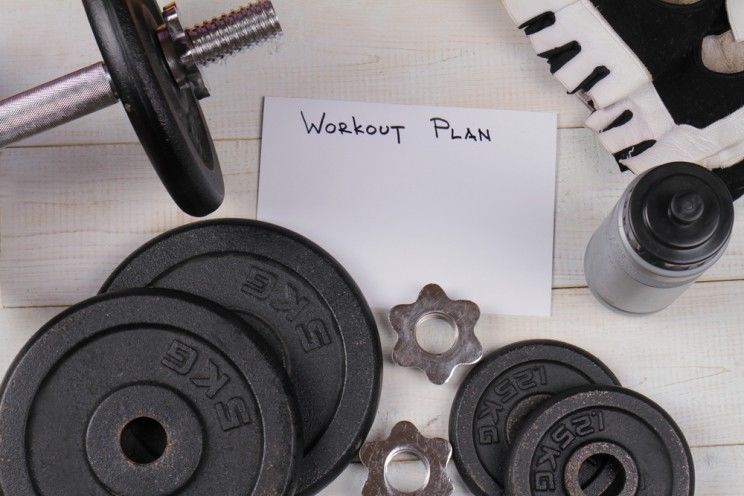
I don’t care if you’re looking to put on 15 pounds, lose 15 pounds, or be healthy overall, you have to have a plan of action to get there.
If you wanted to succeed in your job or open a business, you wouldn’t just wing it everyday and hope some of the stuff you’re throwing at the wall sticks.
Yet, are you willingly doing that with your training?
The quickest way to get to your end result is to make sure you map out exactly how to get there.
You do this just like an architect would when creating a skyline: you create the framework from the very basic point, your day one.
Next, construct the rest of your blueprint to outline 30 days, 60 days, 6 months, etc. down the road.
Your blueprint is exactly what you’re going to be doing week in and week out to accomplish your goals. Essentially, we’re creating what’s called a periodized plan.
All this blueprint really is, is an outline of your training. From week one through week X.
I generally like to create plans set for one year out. Now this doesn’t mean I know everything for that entire year, but I have the outline of each phase.
Identify the goal of each phase (each time period) and build out what you need to accomplish in each phase to move you closer to your goal.
Map out the exercises, the order, the structure, the reps, sets, rest, etc. Everything controllable should be accounted for.
If you wanted to build muscle and you were starting from scratch, it could look something like this:
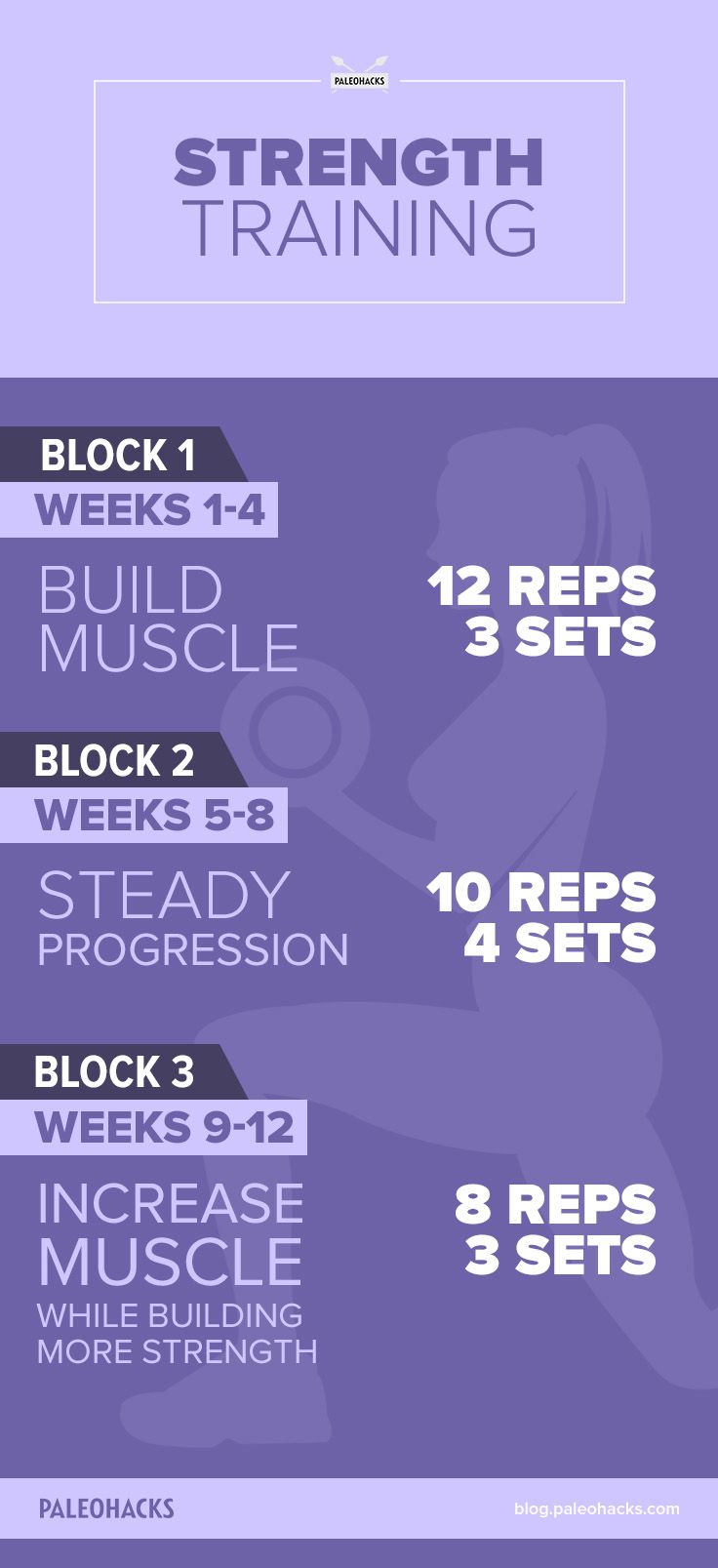
This is the fastest and best way to achieve your goals and prevent you from spinning your wheels in the no gains zone.
2. Increase The Density of Your Plan

Well, the exercises, of course!
And the exercise order. And the reps. And the sets. And even the rest periods.
But I hate traditional methods. Straight sets get boring and provide less impressive results for you, as well.
So it’s not as fun and doesn’t provide me the quickest and most effective methods to build muscle for myself or my clients.
I found a simple solution for this: don’t do them! [tweet_quote] An easy way to increase the effectiveness of your training is to improve the density of your workouts. [/tweet_quote]
Perform more in less time.
Just like in life, training has another crossover. If you complete more tasks in less time, you’ll be rewarded.
At work it may be a promotion. In the gym, bigger arms or chest. Or decreased body fat and finally being able to see those abs.
You can do this by using super sets, compound sets, giant sets, or even density sets.
All of these take advantage of rest periods that are normally taken and instead allow for you to rest less and perform more.
The great thing about performing this density style of training is that you not only shorten your time in the gym, but increase your ability to build muscle and strength by pairing them together.
To clarify some terms here, a super set is the pairing of two exercises together for different muscle groups.
Compound sets are the pairing of two exercises together for the same muscle group.
Giant sets are five or more exercises paired in succession.
Density sets are where you perform two or more exercises but you don’t designate sets, just a time. You’ll choose the reps and perform as many sets as possible of the exercises in the time chunk you created.
When it comes to building muscle, the more you can do to increase the tension of the muscle and break it down the faster you’re going to build. That simple really.
These techniques provide us just the way to do this.
3. Finishers

Since the bulk of the program is consistent for at least four weeks (our plan requires progressive overload), I generally don’t like to perform the same finishers every day.
Instead, create variety. Spice up your training. Create a point to look forward to completing everything and getting to the end of your session.
This variety allows for you to increase the fun of your training and keep it fresh, which increases your engagement. This increases the effectiveness of the program and, in turn, your results. [tweet_quote] A finisher is commonly used to help decrease body fat or to improve or keep up your cardio. [/tweet_quote]
However, you can also program them to help build more muscle for a certain body part, improve muscular balance, or even improve movement ability.
That’s up to you.
A finisher is performed at the end of your training session, (hence its clever name) and allows for you to perform more in less time while not sacrificing your strength or muscular gains.
I like to include variety in the finishers, but they should generally have the same goal during the phase.
Let’s say I want to increase my cardiovascular ability while getting jacked, but I hate running, instead I could use a finisher to accomplish this.
And, it could look like this:
Day 1 – Sled Pushes
Day 2 – Sprints
Day 3 – Jump Rope Intervals
This is super simple and finishers could also include multiple exercises, but I wanted to keep it simple. Because, if you’ve never done one before, simple is best.
3 DON’Ts to Throw Out Now
There’s plenty out there that works. You do the three things above and you’re going to have a better chance of not only seeing results, but sticking with your workout plan longterm.
Now that I’ve showed you what to include in your training, let’s look at what to ditch at the gym.
1. Forget to Ramp Up

Why do you need to warm up for 45-60 minutes? If you’re not warm in 5-10, you may be focusing too much on the minutiae.
All this attention has been given to performing dynamic warm-ups, activating muscle groups, and prepping your body for the upcoming tasks at hand — which are extremely important.
Yet, no one talks about ramping up.
A ramp up is what you do prior to your first exercise group of the day, and is just as important. Instead of going straight from your dynamic warm up into your first set, build up into it.
Perform 3-5 sets, starting with the most ridiculous of light weights and incrementally climbing up to your starting weight.
For instance, if I’m doing a 200 pound squat and a 100 pound leg curl for my first set, here’s how the ramp up could look for the squat:
Ramp 1 – 45 x 6
Ramp 2 – 95 x 4
Ramp 3 – 135 x 4
Ramp 4 – 185 x 2
Set 1 – 200 x 6
These are small, incremental sets with lower reps, because we’re not creating fatigue, but instead priming the system.
A ramp up will allow for the nervous system to be warmed and primed as well as the muscular system. It also teaches you a bit about autoregulation, but that’s for another day.
2. Too Much of One Thing

With that being said, this is related to every training program out there. Boot camps, cross training facilities, meathead dungeons, and regular gyms show individuals overusing one exercise or one method of training. [tweet_quote] A simple way to prevent injury in your training is to make sure it’s balanced. [/tweet_quote]
Most people have a tendency to overload what they see in the mirror as opposed to what they can’t. And, you should be training what you can’t see more.
I know I’ve been guilty of this.
For instance, too much quad-dominant exercises (squats, lunges, leg presses, extensions) and not enough posterior chain (hamstrings, glutes) can lead to knee pain or even back issues.
Too much push, and I see this at every gym — even private gyms — can lead to rotator cuff injuries, tendonitis, and imbalanced physiques.
What you can do to prevent these issues is, at your next workout, instead of finishing by maxing out on reps for push-ups or handstand push-ups, add band pull aparts or inverted rows.
Instead of always doing sled pushes to finish, crush the KB swing instead.
Do more of what you need, not what you want.
3. Overcomplicating a Workout

And many times, we look for shortcuts for what works. [tweet_quote] Throw away every gimmicky product you own, and focus on the barbells, dumbbells, and bodyweight exercises. [/tweet_quote]
Looking to improve the speed of your pitch? Drop the fancy equipment and grab some dumbbells so you can start fixing your muscular imbalances.
Looking to increase cardiovascular ability? Throw that elevation mask out and start doing things that directly increase cardio. Like running. Or finishers. Or increasing the density of your workouts.
Be wary of overly complicated workouts, like propping your feet on a BOSU ball while your torso is leaning over a stability ball, and performing a preacher curl-like movement to improve your biceps. (I’ve seriously seen this happen at the gym before.) Pick one or the other, not both, and master each individually.
Progress through the basics in your workouts, and you’ll be golden.
The Bottom Line
As I’ve progressed through my career, I’ve increasingly found myself realizing how amazing the benefits of strength training are outside of the physical.
However, neither you nor my clients can experience everything that strength training has to offer if you’re constantly doing too much of what you don’t need, getting hurt, or performing things incorrectly.
I want your workouts to help fuel you to live a healthy, awesome life. Use this as your quick cheat sheet to ensure that you’re not getting hurt or wasting time when you’re at the gym.
(Your Next Workout: The 4-Week Built For the Beach Workout Plan)


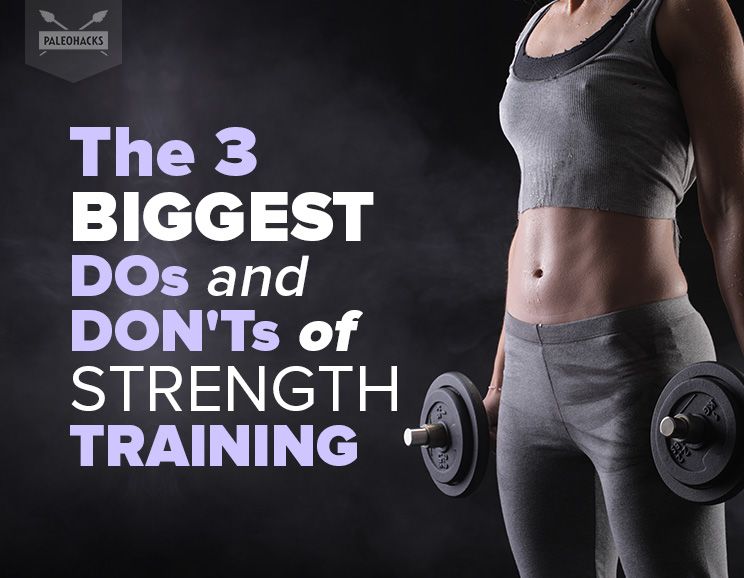

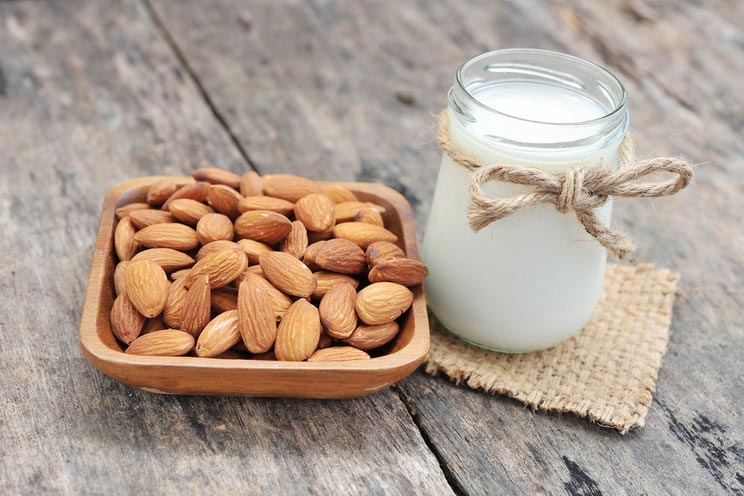 Almond Milk Nutrition and 6 Science-Backed Health Benefits
Almond Milk Nutrition and 6 Science-Backed Health Benefits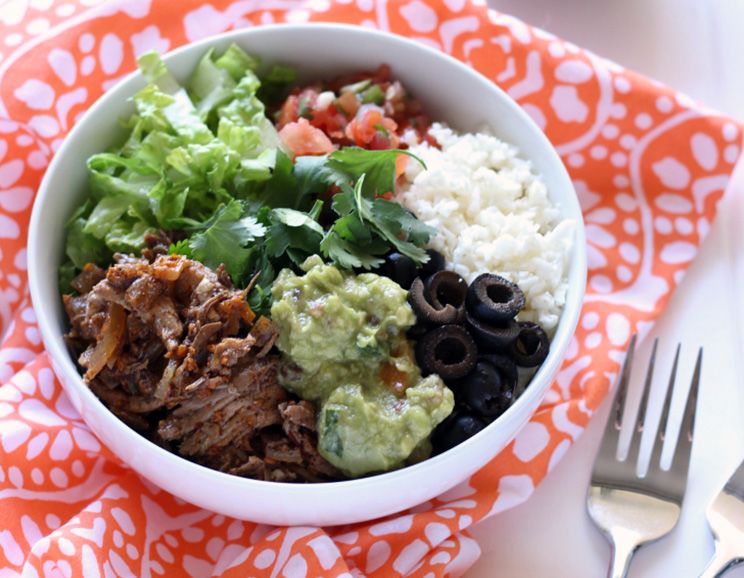
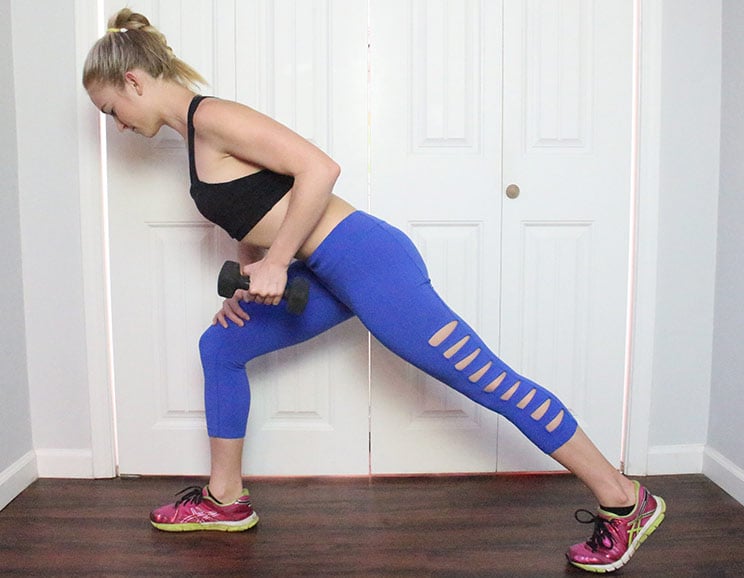

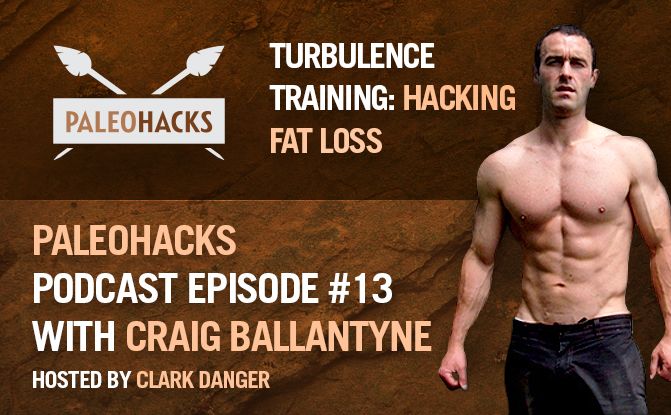

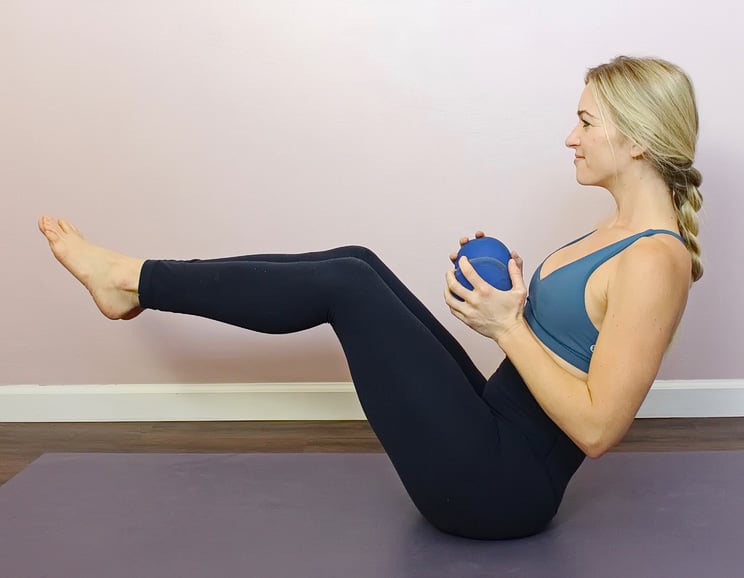

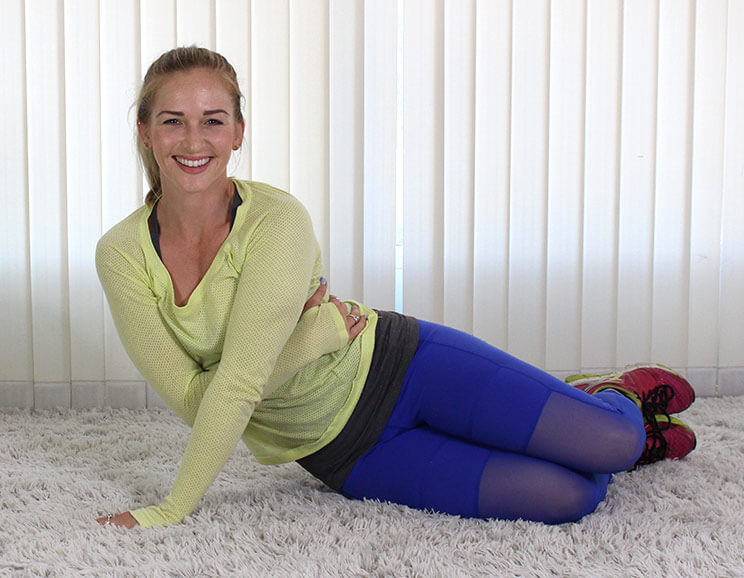
Show Comments